If you’re running on a treadmill inside your apartment, the noise level might bother your neighbors. While you are desperate to know how to reduce treadmill noise in your apartment, we suggest, with some simple modifications to the equipment and adding sound-dampening materials, you can reduce the sound escaping through the walls.
Treadmill running in an apartment is a common problem shared by many trackers who either don’t have access to a gym or prefer treadmill workouts at home. If your building has common walls or ceilings with other units, you’ll need to take additional steps to ensure you don’t annoy people in adjoining apartments.
Contents
Is a treadmill too loud for an apartment?
Many apartment dwellers are eager to start running as soon as possible. Still, some treadmills generate around 80 decibels of noise (dB), which is the sound level of a motorcycle or lawnmower. This amount of noise can become an annoyance if you live close to your neighbors and share walls with them.
How much is too loud?
If someone can hear your treadmill from another room, then it’s too loud. Alternatively, if you’re using headphones and others in the house can hear the music, then it’s probably too loud for your neighbors as well.
Fortunately, there are multiple ways to lower the sound coming from a treadmill so that it doesn’t bother anyone else.
Why Do Treadmills Squeak?
Treadmills are designed to operate best in a cool, dry place. Suppose the treadmill’s parts have been exposed to humidity or moisture. In that case, they might start squeaking for a variety of reasons: The rubber components that cushion your feet and keep them from slipping on the treadmill belt have grown slippery with sweat, body oil, and sloughed-off skin cells. The belts have formed creases where dirt and other substances collect, causing corrosion. The metal has started rusting with water exposure.
The problem can be easy to solve by wiping down the machine after use. However, you’ll need to work more diligently if you’ve recently used your treadmill in an indoor running track or fitness center where you’re surrounded by perspiring people who don’t clean their equipment after use. There are plenty of commercial treadmill runners cleaning products available, but you can also make your cleaner by mixing lemon water with baking soda to get the same results.
You could also increase the humidity in your apartment or take your treadmill outside where it’s cooler and dryer. If that isn’t an option, try spraying a lubricating substance on all parts of the machine while it’s running using one drop per square inch. This will allow wooden components to expand, helping them move freely without friction against each other or metal parts. The wax used for this purpose should be designed for exercise equipment because regular automotive wax won’t last long enough to provide lasting benefits.
Alternatively, if you’d instead not do any work, you can hire professionals to clean and lubricate your treadmill.
Do treadmill mats reduce noise?
If the treadmill is too loud for someone standing nearby, it’ll be even louder when you’re running on it. Treadmills produce most of their sound when they’re in motion because rubberized surfaces are forced to move against each other. This movement creates friction that makes noise, which can help prevent your feet from slipping or losing balance during intense workouts.
Most commercial treadmills come with mats beneath the equipment to reduce wear and tear, but these mats don’t always absorb sounds well since most tend to be made of dense foam rubber instead of soft carpeting. A great way to cut down noise is by adding a better treadmill mat beneath it using an inexpensive exercise mat. These items should include a 1/4-inch thick EPE foam pad that’s been glued together, and the edges should be tightly sewn to keep it from unraveling.
This type of treadmill mat will provide a softer surface for your treadmill to rest on, which means there’ll be less friction as the equipment moves against each other during workouts. This also reduces the amount of noise the treadmill makes when you’re running within earshot of your neighbors.

How to Reduce Treadmill Noise in an Apartment:
15 Super Useful Tips
The following advice will help you keep your workout volume down while still enjoying the benefits of staying active indoors.
1. Take care of the obstacles in the Room
If you run on a treadmill in a room with several pieces of furniture around it, try rearranging the room, so all the obstacles aren’t in a direct path between your ears and open windows or doors. You can also choose a different route or switch from running on carpeted surfaces to hardwood floors or tile.
If possible, position the treadmill near walls that do not face common areas such as halls and stairways where people might congregate. Even if you’re careful about making noise while working out, someone passing by might hear heavy footfalls through the walls and be annoyed.
2. Use Soundproofing Materials
Adding sound-dampening material to the walls can help reduce treadmill noise in your apartment. Choose high-density, high-quality insulation materials such as foam panels or fiberglass batting. Use panel adhesive to attach these materials in the path of footfalls on the wall containing your treadmill; then test with earplugs or a stethoscope before giving up on this solution. If you’re not happy with the results after testing, check your door and windows for gaps that might allow additional noise through them when they’re open.
If you live in a building that has common walls, look into sound-reducing flooring materials or ceiling tiles that will muffle noise from both sides of shared walls. Also, consider buying a treadmill with a thicker running belt, which is quieter than thinner belts found on cheaper models.
If you’d rather not deal with the hassle of soundproofing your apartment, consider using your treadmill outdoors. Of course, you’ll miss out on some equipment features such as wireless heart-rate monitoring and calorie counter displays. Still, it will undoubtedly be an improvement over running in place inside your apartment.
3. Lubricate the treadmill belt
Make sure you use a high-quality treadmill lubricant that will reduce the noise. Apply it to the running belt every time you run; then wipe off any excess with a soft, lint-free cloth. Ensure your hands are dry when applying or wiping off the lubricant, so you don’t get oil on the belt.
4. Add felt material to the bottom of the feet
You can buy adhesive-backed felt strips at home improvement stores — peel off the backing and stick them under each foot while using your treadmill. It won’t eliminate noise coming from workouts, but it should help significantly. You can also stick yoga matting under your feet if you have some lying around in your apartment since their rubbery surface typically dampens sound.
5. Soundproof the Apartment Door
Run on your treadmill while wearing soft-soled shoes, so you don’t make noise when walking through rooms outside your workout area. Wear earplugs or headphones while running to block out background noise along with the sound of footfalls. Also, consider buying a door sweep to seal any gaps around your door that might allow noise to escape into common areas.
Use carpeting or rugs in your apartment. Carpeting absorbs sound much better than tile or hardwood floors, which have sharp, echoing surfaces similar to ceramic tile bathroom floors. It’s an easy way to reduce treadmill noise in the apartment until you decide what other long-term solutions are best for you and your neighbors.
6. Walk or run on an incline
Reducing the angle of a treadmill run can help make less noise coming from high-impact footfalls. Of course, it won’t be as effective as soundproofing your apartment, but it’s worth a try. You can also warm-up and cool down by walking at a low speed. The reduced impact should be enough to muffle some noise from footfalls during these periods of your workout, as well.

7. Purchase a quieter treadmill
In addition to cutting down on noise from high-impact footfalls, a quality quiet treadmill has a thicker treadmill belt made from more durable materials. If you plan to buy a new quieter treadmill shortly, look at models with 2 inch wide belts — they’re much quieter than 1.5 inch wide belts found on cheaper models.
Also, be sure your workout equipment is lubricated correctly before using it and that the treadmill motor isn’t too powerful for your weight and usage habits. Finally, check all moving parts and replace them if necessary: safety keys, clips, and bolts should be free of rust or corrosion; sensors should be clean and unclogged; belts should be taut without any torn spots where small chunks could break off during workouts; bearings should be smooth and free of any burning smells; controls should be responsive and not feel jerky.
8. Wear light running shoes or go barefoot
Running shoes that are too heavy can make noise when hitting the treadmill belt. Also, even though your feet might fall completely silent when barefoot, you’ll still produce some noise from your hands and arms swinging back and forth while holding onto the handrails.
9. Use the treadmill on a completely flat surface
You’ll find the treadmill is most effective when it’s on a flat surface. Unfortunately, if you have an inclined or uneven floor, you probably won’t get accurate readings from the built-in computer.
10. Use a treadmill rubber mat underneath
A simple solution to reduce the noise of the treadmill in your small apartment or home gym is to purchase a rubber treadmill mat. They typically cost less than $100 and are good for shock absorption, thus should absorb vibration throughout the room. Some mats also contain channels that hold the machine’s power cords, reducing clutter on shelves or countertops below.
11. Make sure the treadmill is on a level surface
If you put your treadmill on a slanted floor or an uneven surface, it will vibrate and make more noise as you’re running if your apartment is at all wobbly, place wedges underneath the legs for the grippy surface to stabilize it.
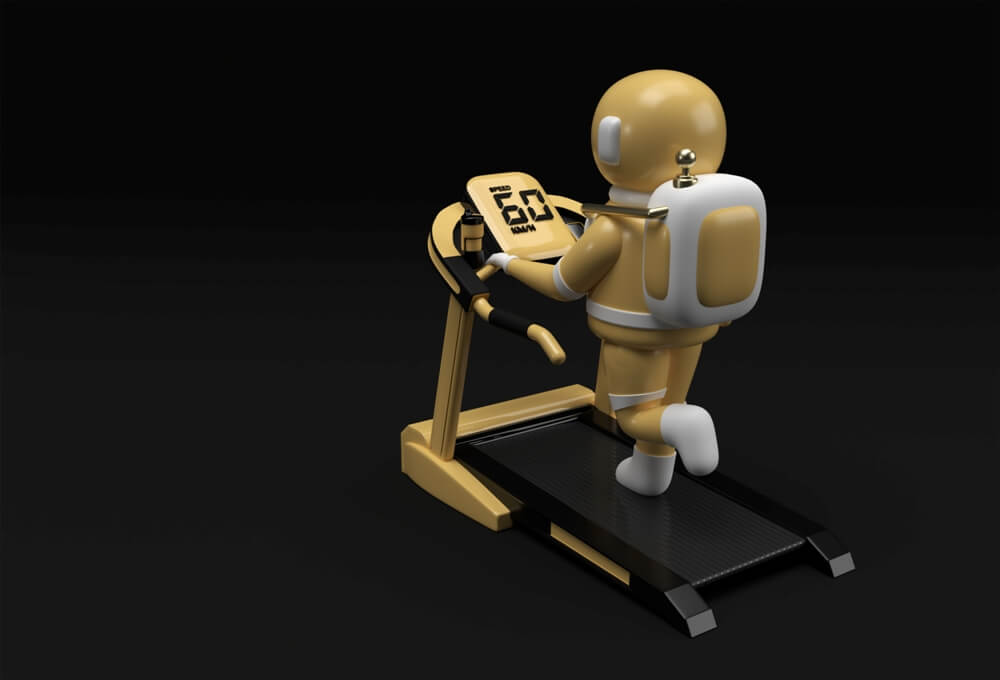
12. Use anti-vibration pads
These specially-designed treadmill anti-vibration pads (usually about $10 for a package of three) can prevent the treadmill from vibrating and shaking the room, thus reducing noise created by movement. Simply place them underneath the treadmill’s legs and they’ll significantly reduce any noise from the machine.
13. Get a more stable treadmill base
The most durable bases are made from thick steel and won’t wobble or bend as quickly as those made from thinner alloy metals. Be sure the leg stabilizers are welded into place properly, too — they should be sturdy and not wobbly even when tightened all the way down
14. Repair any loose bolts on the running deck
Loose bolts might cause excess vibration throughout the rest of your machine, which could lead to increased noise at every step. Tighten up all the key screws and bolts on your treadmill before using it.
15. Adjust the speed limit
Most treadmills designed for walking or jogging will generate additional noise as they go faster than 4 mph (6 km/h).
Some severe runners can also use this trick during injury recovery periods; they’ll slow down their pace until they’ve returned to full strength and increase their speed carefully from there.
Final thoughts
Reducing treadmill noise can be challenging if you have many moving parts on your machine, so if yours isn’t very quiet at the moment, consider getting a specialty treadmill mat to put underneath it during workouts.
If the treadmill noise is still distracting when working out alone, but you don’t want to give up running in general, look into standing/walking mats that can reduce noise from vibrations and footfalls.
The advice given in this article is only general advice that may or may not apply to your situation. You can combine different methods to make noise reduction more effective! Just don’t forget to let your landlord know about any significant modifications.
It’s best to seek the advice of qualified health care professionals before beginning any exercise program.


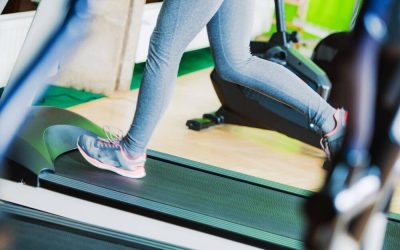


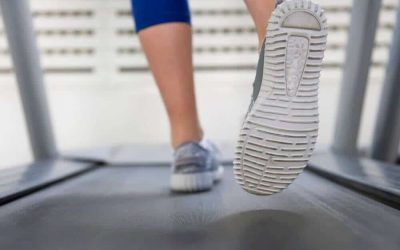

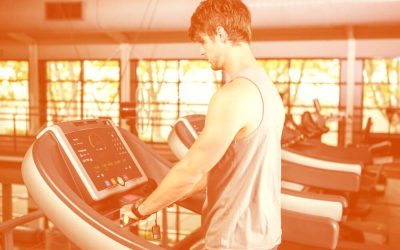



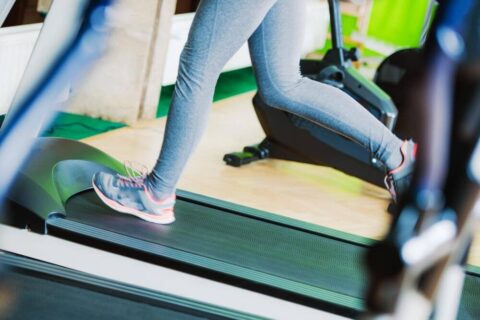
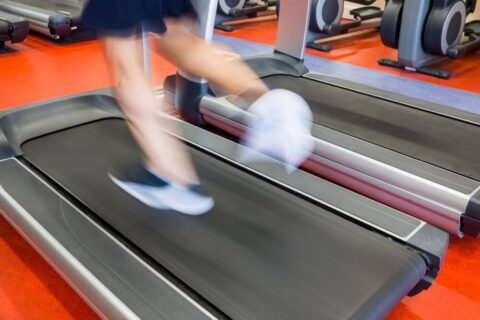

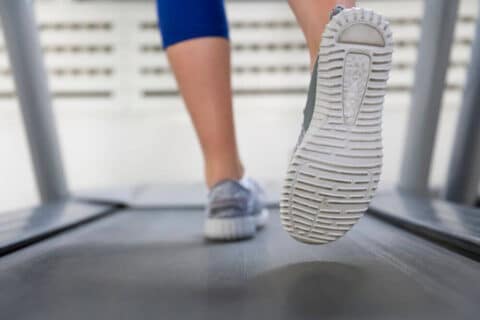





1 thought on “15 Tips on How to Reduce Treadmill Noise in an Apartment”
There is noticeably a bundle to know about this. I assume you made certain nice points in features also.